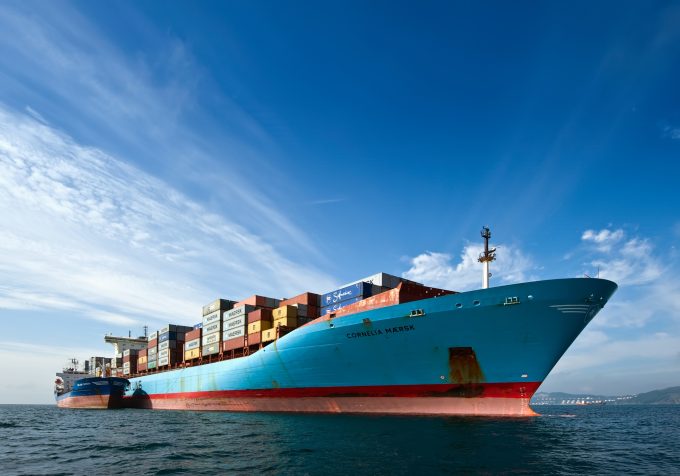Transpac GRIs fail to prop up under-pressure container spot freight rates
It was a relatively flat week for pricing on the major deepsea box shipping trades, ...

In a significant setback for carriers hoping to improve profitability, ocean freight benchmarking platform Xeneta reported that long-term container contract rates had fallen by an average of 4.2% in April.
Oslo-based Xeneta, which tracks crowd-sourced data from over 110 million contracted container rates, recorded a 4.8% ...

Comment on this article